My Complicated History with Property, Part II: Trusts and the Thickening Plot
In Part 1 of My Complicated History with Property: Childhood, Marriage, & First Wills, I discussed how my wife, Ruth, and I enjoyed the benefits of sole and joint ownership. But we realized we needed more robust solutions for our growing estate. In particular, Ruth and I searched for a better solution for ownership of our vacation home. Simply making our eight kids tenants in common would surely guarantee sibling strife later on.
Fortunately, sole ownership and tenancy in common interests can be put in trust for others to receive after we die. The trustee has legal title and the heirs are only beneficiaries. Trustees can decide on saving and selling the assets, which could avoid conflicts among tenants in common.
Interests held in trust are much safer than direct inheritances. The beneficiaries are not owners. If you are not an owner, you have nothing to lose. Property can be taken from you, but it is much harder and rare to lose a beneficial interest. For this reason, all of my children’s interests now are to be held in trust, not outright or as tenants in common.
Ruth and I may also employ payable on death, or POD, arrangements too, typically reserved for bank and investment accounts. POD can be used to leave an asset to an individual, but it is even more powerful when POD is used to leave assets to a trust. With this technique, you can retain sole or joint ownership during life, but at death have the asset pay to the trust where it can be held or distributed. And, this method is revocable.
Transfer on death is similar in many ways to a life estate. Life tenants have use for life, with a limited property interest.
Also in planning my estate, we have learned about the law of agency – the use of power of attorney and nominee trusts to aid in the protection and ownership of assets. The nominee trust has nominal title, and serves as an agent on behalf of the real owners who might be multiple trusts, persons, even corporations. In that sense the nominee is like the holder of power of attorney, who is nothing more than a revocable agent for me.
Perhaps most interesting of all the property law arrangements is the power of appointment – the power to direct where an asset that you do not own goes, either during life or at death. This tool is powerful because it can change outcomes – it allows the powerholder (each child) to be proactive to save taxes, respond to new laws, and even modify how beneficiaries inherit, long after we are gone.
Here’s a little nonsensical fun with the property law topic:
Trust me, fellow powerholders, joint is common, but, solely in the company I keep, payable on death is to be taken in its entirety, unless you’re a beneficiary or a devisee, or worse, a nominee or an agent. Take no solace if you’re in a partnership, a shareholder, member or a mere life tenant. Yet, if you’re a lienholder or an assignee, you may have priority.
Are you just starting out and these are more advanced property ownership arrangements than needed? You may find help in My Complicated History with Property, Part I: Childhood, Marriage, & First Wills.





